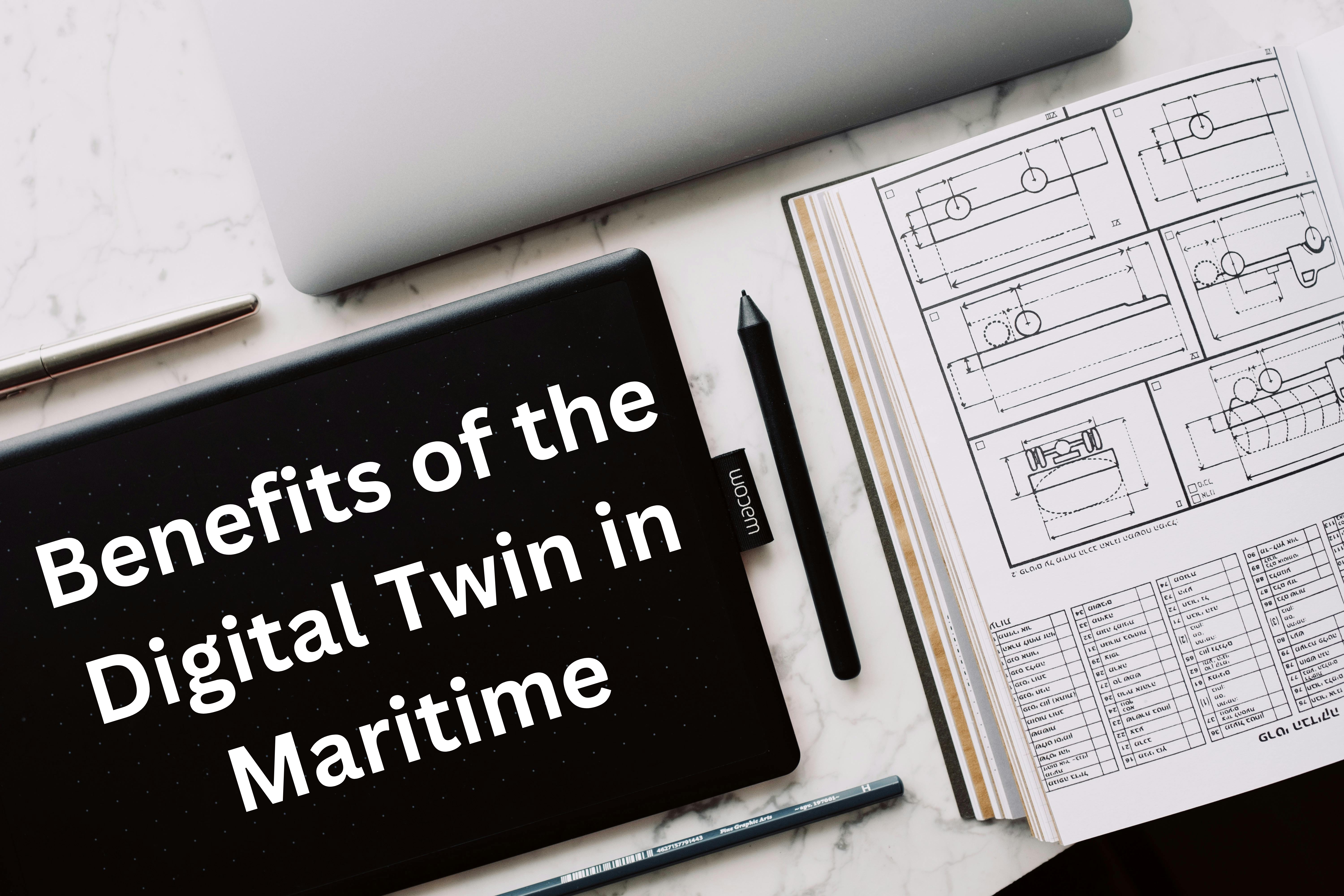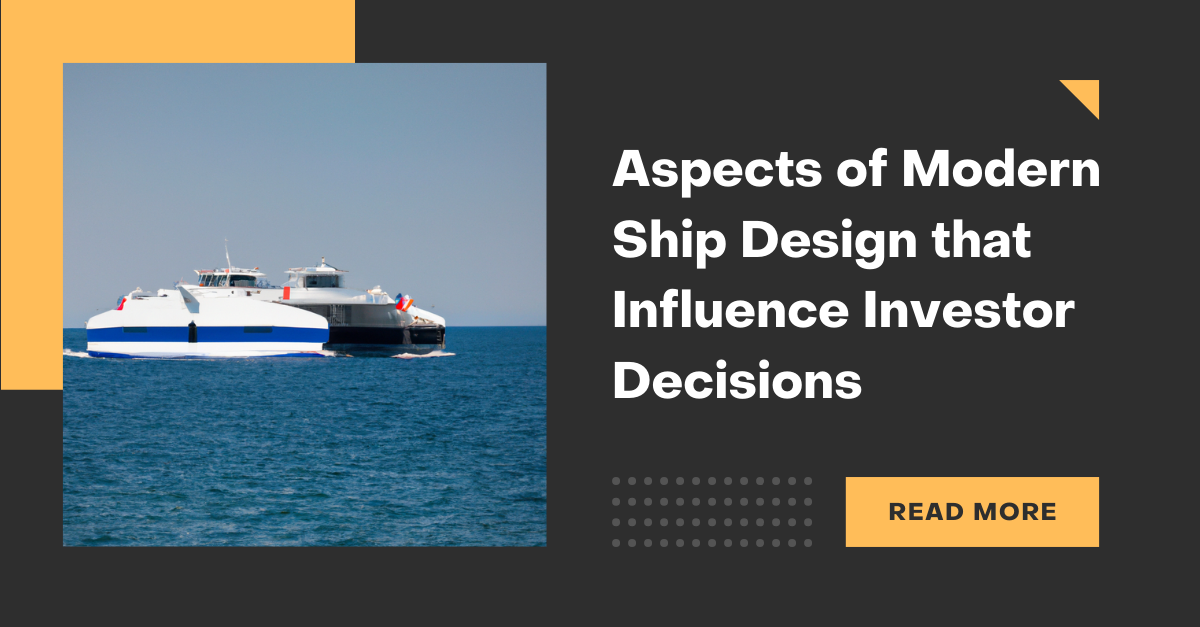
Recently, the Maritime and Port Authority of Singapore (MPA) put up a tender for hydrographic survey services to locate and retrieve anchors lost in Singapore waters. According to the article in TODAY, an average of one incident of a lost anchor in the Port of Singapore is reported to MPA each month.
As it is commonly known for, an anchor serves as an essential safety device for vessels as it provides stability and security during anchoring. However, the loss of an anchor at sea can have critical consequences. Let’s highlight the potential risks associated with lost anchors at sea and explore alternatives to anchoring.
Loss of Stability and Drifting
An anchor plays a crucial role in keeping a vessel stable and stationary, especially in adverse weather conditions or strong currents. When an anchor is lost, the vessel becomes vulnerable to drifting aimlessly, without any control over its movement. This lack of stability puts the vessel at risk of colliding with other ships or being carried into hazardous areas such as reefs, shallow waters, or rocky shores.
Compromised Safety of Crew
On one hand, there’s damage to vessels, parts and the marine environment. On the other hand, there’s a more pressing concern about crew safety on board. Losing an anchor can lead to challenging situations, especially during emergencies.
Without the anchor’s holding power, the vessel may struggle to maintain a steady position, making it difficult for the crew to perform essential operations like launching lifeboats, conducting rescue operations, or responding to emergencies promptly. The absence of an anchor can hinder the crew’s ability to secure the vessel in a safe location during adverse weather or when seeking refuge from potential dangers.
Environmental Hazards
The loss of an anchor can have adverse effects on the marine environment. Anchors that are left behind at sea become marine debris and contribute to pollution. The anchors, often made of heavy metals, may corrode over time, releasing toxic substances into the water. Moreover, dragging anchors can damage sensitive ecosystems such as coral reefs and seafloor habitats, disrupting marine biodiversity and compromising the delicate balance of marine ecosystems.
Costly Retrieval Operations
Going back to the topic of retrieving lost anchors, it involves specialised equipment, divers, and significant time and resources. Not only costly, but these operations can be challenging in adverse weather conditions or when the anchor has become entangled with underwater obstacles. The expenses associated with the retrieval process, including the cost of equipment, labor, and vessel downtime, can have a substantial financial impact on vessel owners and operators.
An Alternative to Anchoring for Vessels: Dynamic Positioning Systems
Traditional anchoring methods have long been used to secure vessels in place, but they come with limitations and risks. As technology advances, an alternative solution gaining traction is the use of Dynamic Positioning (DP) systems. DP systems enable vessels to maintain their position and heading without the need for anchors, offering several advantages.
Dynamic Positioning utilises a combination of advanced sensors, thrusters, and computer-controlled systems to counteract external forces such as wind, waves, and currents. The system constantly monitors vessel movements and adjusts the thrust from multiple thrusters to maintain a precise position. This technology provides enhanced control and allows vessels to operate in challenging conditions or sensitive areas where anchoring is not feasible or permitted.
However, it is important to note that DP systems require skilled operators, proper maintenance, and backup power systems to ensure reliable and safe operations. In some cases, the use of DP systems may involve higher upfront costs compared to traditional anchoring methods. Nevertheless, the long-term benefits in terms of safety, efficiency, and environmental sustainability make it a viable alternative for vessels seeking improved positioning capabilities. As technology continues to evolve, the adoption of DP systems is expected to grow, revolutionising the way vessels secure themselves and navigate in various maritime operations.








